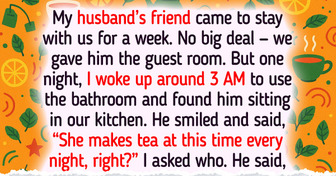“She Looks Like Everyone Else,” J.Lo Was Heavily Criticized for Looking Different in Real Life Than She Does on Instagram

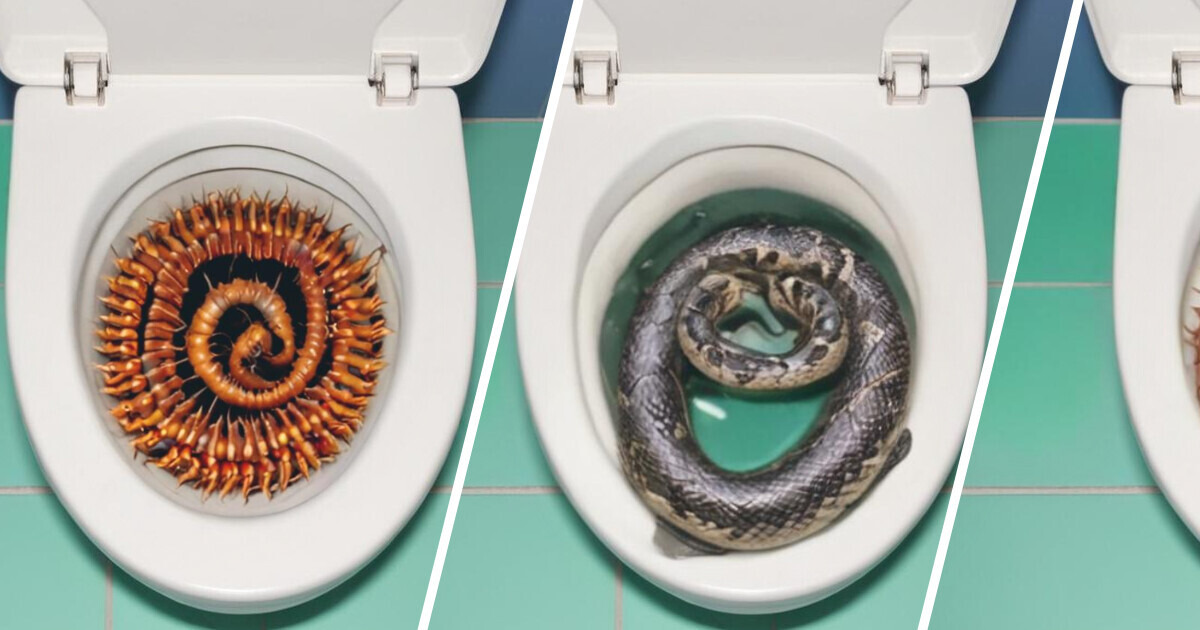
It's an unfortunate truth: our homes are like beacons for unwanted pests. From the tiniest ants to slithering snakes, they're constantly searching for a way to invade our space. Often, the smallest crack or unnoticed gap becomes an open invitation for these intruders. That's why a well-sealed and protected home is your first line of defense in the battle against pests.
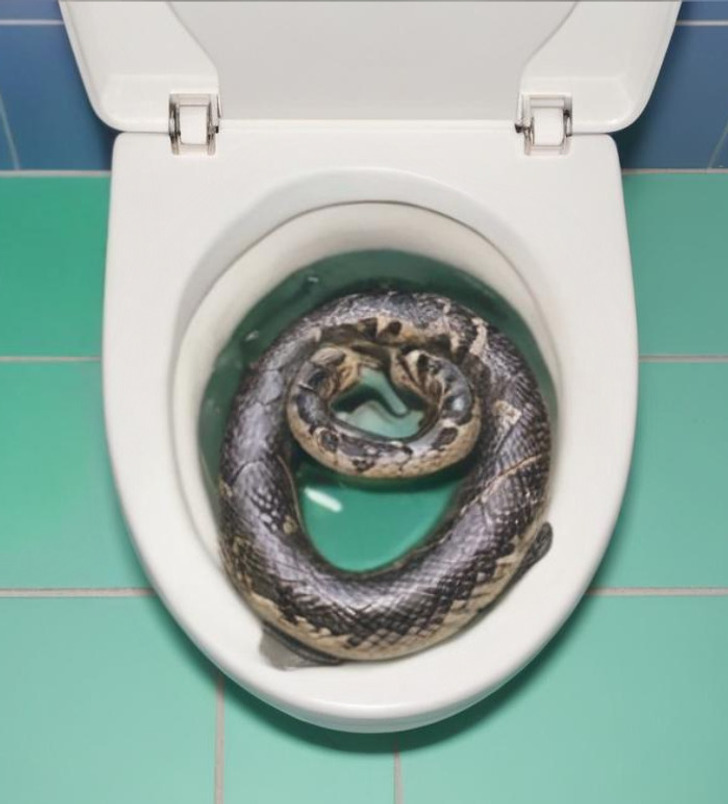
Believe it or not, snakes can sometimes emerge from the most unexpected place: your toilet! Drawn by the cool, damp environment of sewer pipes, they may enter in search of food and then seek an exit through your plumbing. This is more common in warmer climates where snakes are prevalent.
What to do:
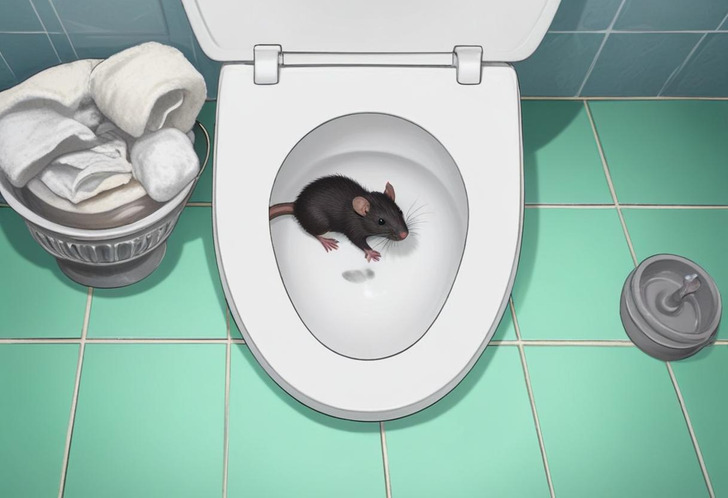
The first sign that mice or rats have invaded your walls is often the subtle sound of rustling or tiny footsteps in the quiet of night. These nocturnal pests are infamous for chewing on electrical wires and insulation, which is another telltale sign of their presence. You may also notice chewed food packages or rodent droppings scattered around your home—strong indicators that these unwanted visitors have moved in. Mice, in particular, are skilled at moving throughout your house, and finding even a single dropping usually suggests many more are nearby.
What to do: Begin by inspecting the exterior of your home for any cracks or openings and seal them right away. If you have ivy or climbing plants growing on your walls, consider removing them, as rodents can use them as ladders to access your home. Keep your space clean and clutter-free, making sure that all trash is properly contained. Garbage and messy environments are strong lures for rodents, so maintaining a tidy home is one of the best ways to prevent an infestation.
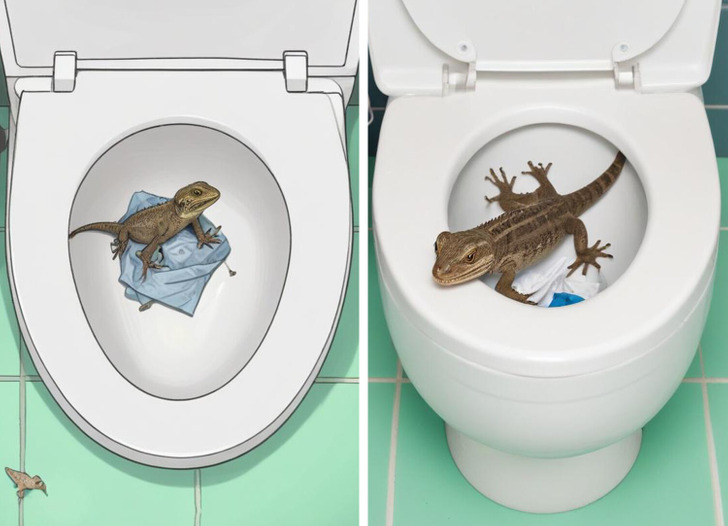
In the Southwestern United States, it’s not uncommon to find lizards slipping through toilet pipes. Drawn to water sources, these reptiles will go to great lengths to access food wherever it’s available. If your plumbing system isn’t properly maintained and cleaned, insects like crickets and flies can gather, creating an irresistible feast for lizards. The ones that manage to squeeze through the pipes are usually small, making it easy for them to navigate the tight spaces. Regular plumbing maintenance and cleaning can significantly reduce the chances of these uninvited guests making their way into your home.
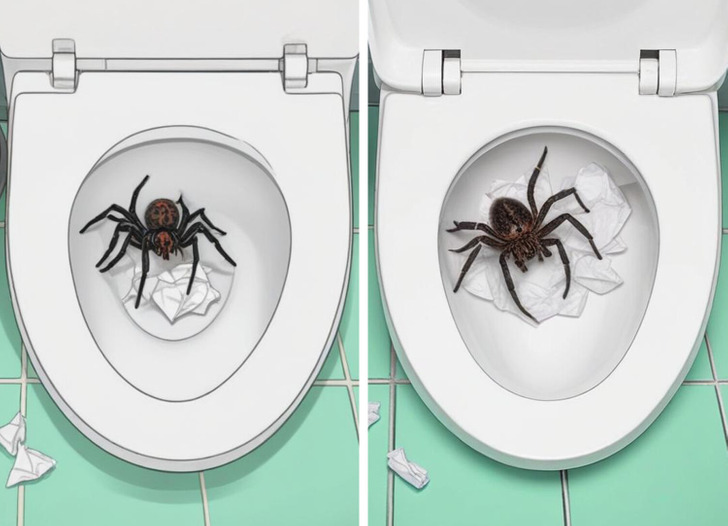
Dealing with spiders in your bathroom can be a bit trickier than with other pests. While spiders can’t swim through pipes, they can still enter your bathroom through small gaps and cracks. Once inside, they may lurk near the toilet, waiting for prey. However, only black widows have been known to actually crawl into toilets and spin webs across the seat.
This behavior is typically seen in outdoor toilets without plumbing or sewer connections, where venomous spiders like black widows thrive due to the abundance of flies. For this reason, it’s vital to inspect the toilet seat carefully before using an outhouse or outdoor restroom. Venomous spiders, including black widows, brown recluses, and hobo spiders, can bite if disturbed, so it’s important to stay cautious.
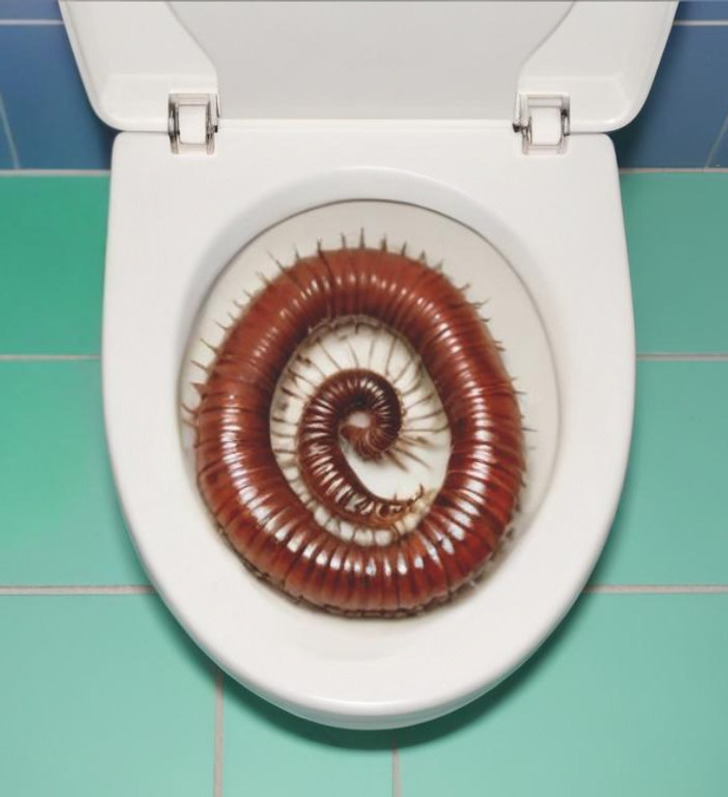
These multi-legged creatures, often mistaken for centipedes, are drawn to damp, dark environments, making your bathroom a potential haven for them. Millipedes thrive in areas with high humidity and decaying organic matter. Leaky pipes, damp towels, and accumulated debris provide ideal conditions for them to thrive. They often find their way in through cracks in walls, gaps around pipes, or even under the bathroom door. While millipedes are generally harmless and don’t bite, their presence can be unsettling. They are more of a nuisance than a threat, but nobody wants to share their shower with these creepy crawlies.
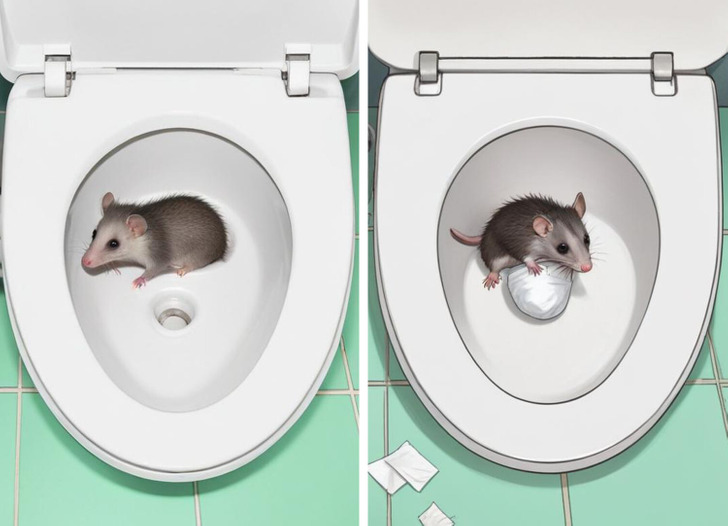
Opossums are adept climbers, making it easy for them to access homes via rooftops or other elevated entry points. This is why regular inspections of your home’s exterior are essential, particularly around the roof, where they might find a way in. Opossums are also known for their distinctive vocalizations, such as hissing and shrieking, which can make their presence quite obvious. If trapped inside, they may scratch at walls in a frantic attempt to escape. Outdoors, they frequently target pet food, and their foul-smelling feces can quickly signal an infestation.
To prevent opossums from entering your home, it’s important to routinely inspect for and seal any gaps or holes that could serve as entry points. Be sure to cover vents and other openings with sturdy mesh to block their access. If opossums still manage to infiltrate your home despite these precautions, it’s best to call in professionals who can remove them safely and humanely, reducing the risk to both you and the animals.
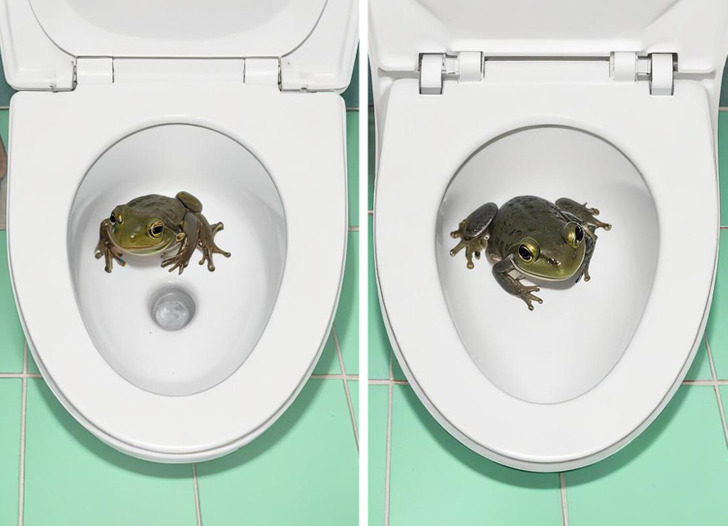
These slippery little creatures can sometimes make their way into your bathroom uninvited. In 2020, the UK experienced an unusual event—a mass invasion of frogs in toilets, traced back to frogspawn laid in the sewage system. Aside from this rare occurrence, frogs are also known to enter homes through vent pipes, finding their way inside through unexpected routes. While encountering a frog in your bathroom can be startling, it serves as a reminder of how wildlife can sneak into our homes, often through small openings we might easily overlook.
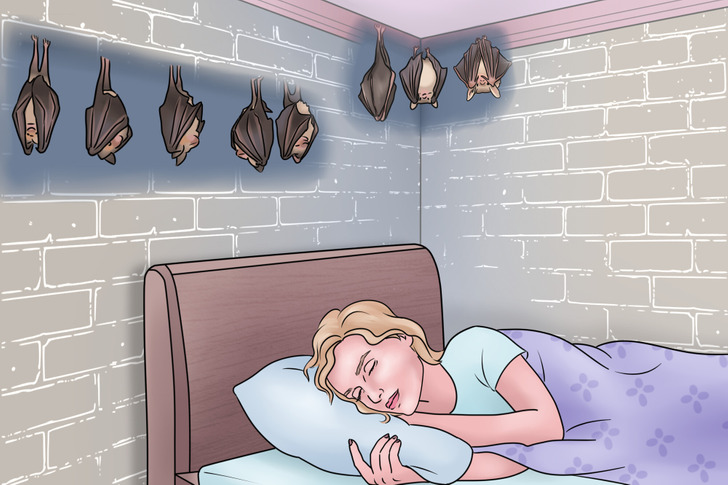
Bats are nocturnal creatures, spending their nights outside and resting during the day. If you hear them in your walls, it’s likely just before dusk as they prepare to head out for their nightly activities. However, unless there’s a significant infestation, you might not notice much noise, as a small number of bats can be relatively quiet. While they are often drawn to cool, dark spaces like attics, bats can also make their way into the walls of your home.
To discourage bats, try illuminating potential resting areas with bright lights, as they naturally avoid well-lit spaces. However, if bats have already settled in your walls, this approach may not work. In such cases, it’s best to call in professionals to safely and effectively remove them. Be aware that they might need to cut into parts of your wall to fully eliminate the infestation and prevent the bats from returning.
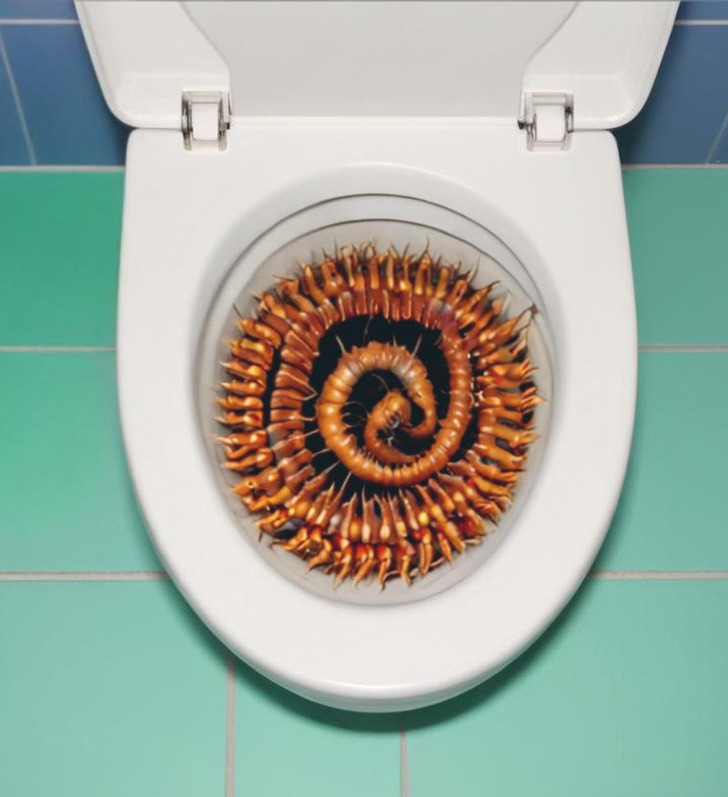
Unlike millipedes, centipedes are agile hunters, seeking out prey like insects and spiders. They are attracted to damp areas where their prey is abundant. Bathrooms, with their potential for moisture and insect life, can become a hunting ground for centipedes. They can enter through similar routes as millipedes, exploiting cracks, gaps, and open windows. While most centipedes are not aggressive, they can bite if threatened, causing pain and localized swelling.
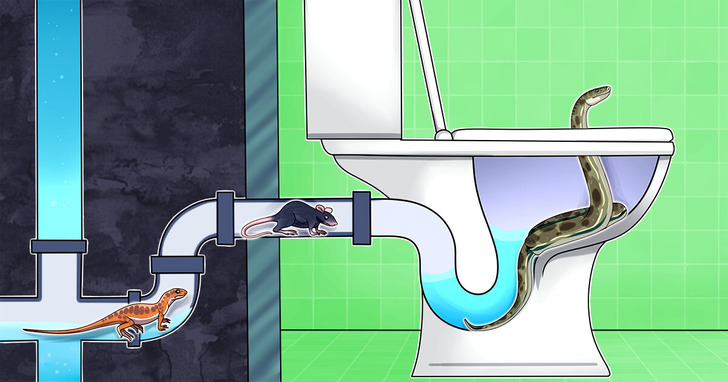
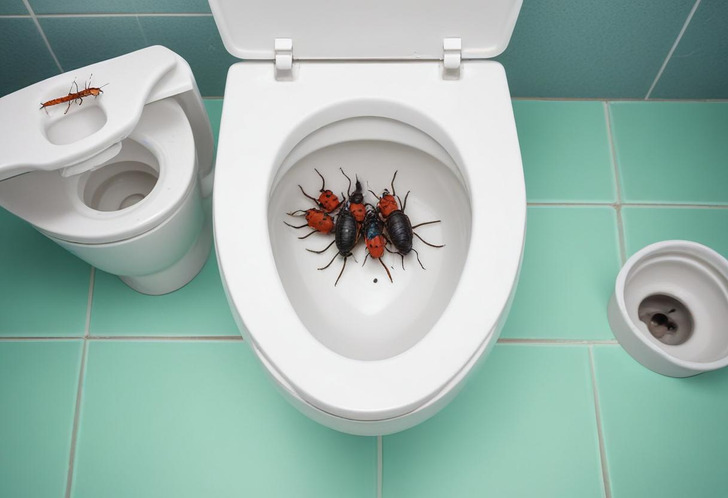
Ants: Ants dislike the smell of cinnamon. To keep them out of your home, sprinkle cinnamon powder around areas where they might be entering. For added effectiveness, mix in some essential oil with the cinnamon—this not only strengthens the repellent but also leaves a pleasant, earthy fragrance in your home.
Cockroaches: An easy and effective remedy for cockroaches involves chopping an onion and mixing it with a teaspoon of baking soda. Place this mixture in corners or areas where roaches tend to hide. Reapply it daily, and over time, you should notice fewer roaches.
Drain Flies: To eliminate drain flies and prevent them from returning, it’s important to clean and sanitize your sinks. Create a mixture of 1/2 cup of baking soda, 1/2 cup of salt, and 1 cup of vinegar. Pour it down the drain, then flush it with warm water to keep the pipes clear and fly-free.
Dust Mites: To tackle dust mites, mix 6 teaspoons of eucalyptus oil with 1.5 teaspoons of liquid laundry detergent in a bucket of water. Soak washable items in this mixture before laundering as usual. For non-washable items, spray the solution directly and wipe clean. If you’re not a fan of eucalyptus, tea tree oil is an effective alternative.
Weevils: Weevils are deterred by the scent of bay leaves and cloves. To keep them away, place a bay leaf or clove on top of your stored food and around containers. This simple trick helps keep your pantry weevil-free.
Ticks: To protect yourself from ticks, make a natural repellent by combining 20 drops of rose geranium essential oil, 10 drops of sweetgrass essential oil, 5 drops of lavender essential oil, and 5 drops of citronella or lemon essential oil with a tablespoon of rubbing alcohol. Dilute the mixture to 100 ml with water or vinegar, pour into a spray bottle, shake well, and apply it to your clothing before heading outdoors.
For more on personal hygiene, don’t miss our other article featuring game-changing showering tips that can elevate your daily routine. From expert techniques to must-have products, these insights will help you make the most of your shower time, leaving you refreshed and revitalized every day.











